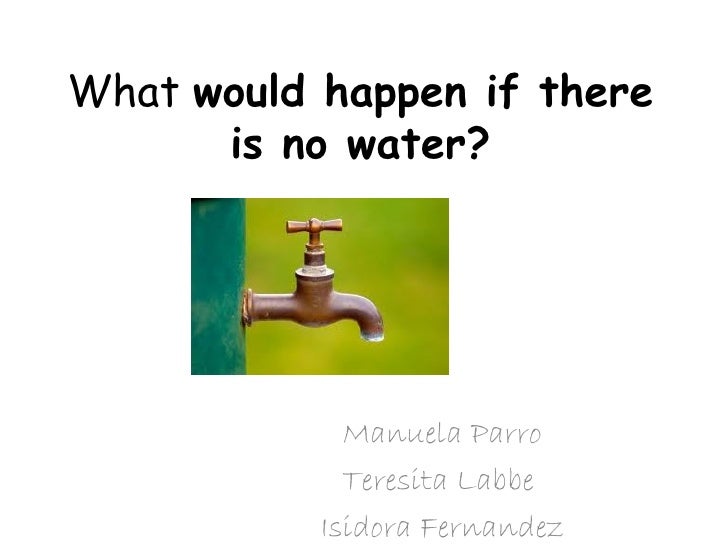

After that the typical 15 -30 minutes will be required to set-up the lab for the students.
#WATER NO GRAVITY LONDON DISPERSIO HOW TO#
When students complete the lab, instruct them how to clean up their materials and dispose of any chemicals.Students should wash their hands thoroughly before leaving the lab.Always wear safety goggles when handling chemicals in the lab.Dish detergent water in dropper bottles (5-10 mL detergent in 100 mL of water).The manometer arms on the right do not have a measuring stick between them. If you wish to obtain quantitative results, you can tape the manometer arms to a half meter stick or a 40 cm Charles Law measuring stick as shown on the left two manometers. If the rubber tubing / 90 o glass elbow is the last connection (turquoise stickers), then the water levels will start out at relatively equal levels. If the stopper is the last connection (dark blue sticker on the middle manometer), then the water levels will start out at very different levels. The stickers on the manometers show the last connection.

1 one-hole #6 stopper (size stopper may vary depending on flask used).1 pair of manometer arms with rubber tubing connector (12 cm) at the bottom.1, 125 mL Erlenmeyer flask (or 250, or 500 mL Florence flask).Set 6: 1-butanol, tert-butanol (see teacher notes for specific details regarding Set 6).25 mL in dropper bottles of each of the following:.Computer, internet access, and a projectorĮxplore, Explain & Elaborate (per lab group):.Teacher Preparation: 60-90 minutes (first time), then 15-30 minutes subsequently This lesson supports students’ understanding of Manipulate models to demonstrate molecular orientations giving rise to London dispersion forces, dipole-dipole forces and hydrogen bonds.Rank molecules in order of increasing strength of van der Waals forces, given a set of structural formulas for several compounds.Identify the types and relative strengths of van der Waals forces existing between two identical molecules, given a structural formula.HS-PS2-6: Communicate scientific and technical information about why the molecular-level structure is important in the functioning of designed materials.īy the end of this lesson, students should be able to.HS-PS1-3: Plan and conduct an investigation to gather evidence to compare the structure of substances at the bulk scale to infer the strength of electrical forces between particles.This lesson will help prepare your students to meet the performance expectations in the following standards:
#WATER NO GRAVITY LONDON DISPERSIO SERIES#
Then, using manometers, teams will perform a series of races to determine which substance has the stronger van der Waals forces. They will construct models of specified molecules and use the models to identify the van der Waals forces that exist between molecules of each substance (London dispersion forces, dipole-dipole forces and hydrogen bonds). In this lesson students will investigate intermolecular attractive forces, van der Waals forces.


 0 kommentar(er)
0 kommentar(er)
